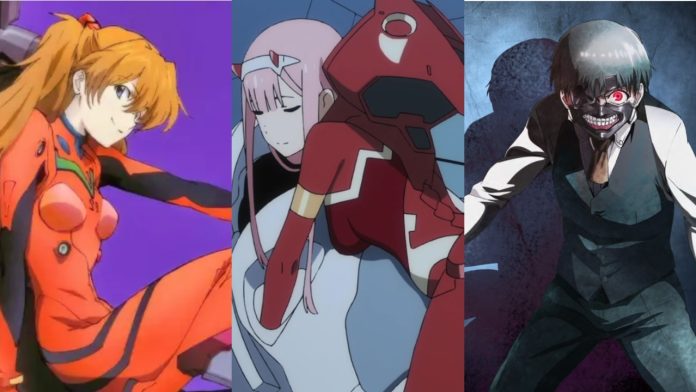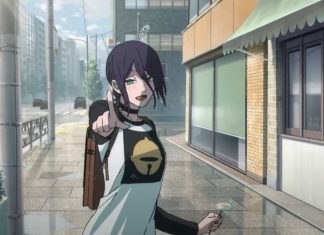Anime can be a beautiful betrayal. These 20 series opened with fireworks—stunning animation, gripping premises, unforgettable characters—only to collapse under their own weight. We’re diving deep into each: the early brilliance, the exact point of failure (animation, story, pacing, or all three), the production sins that doomed them, and the fan meltdowns that followed. No fluff, no filler—just the painful truth of what was lost.
20. Blue Exorcist (2011)

What Started Strong: Rin Okumura, the hot-headed son of Satan raised by exorcist Father Fujimoto, discovers his demonic heritage after a tragic attack. A-1 Pictures delivered explosive blue-flame action, a Vatican-backed True Cross Academy brimming with quirky classmates (Yukio, Shiemi, Suguro), and a killer soundtrack by Hiroyuki Sawano. The “Impure King” buildup was peak shonen tension.
Where It Crashed: Episode 17 onward—filler arcs bloated the runtime, and the anime-original finale crammed unresolved manga threads (like the Illuminati) into a nonsensical showdown. Animation stayed decent, but pacing died.
Why It Failed: Caught up to the manga by mid-season; studio forced invention instead of hiatus.
Fan Reaction: “Skip episodes 18–25” became a survival guide. Manga readers still campaign for a Brotherhood-style reboot.
19. The Seven Deadly Sins (2014)
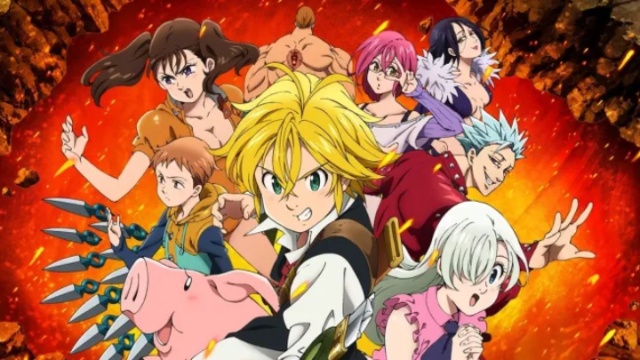
What Started Strong: Princess Elizabeth seeks the disbanded Seven Deadly Sins to save Liones from corrupt Holy Knights. Meliodas (the Dragon Sin) leads a ragtag crew—Ban’s immortality, Diane’s earth-shaking strength, Gowther’s mind games—in A-1 Pictures’ vibrant Season 1. Fights like Meliodas vs. Hendrickson were fluid masterpieces.
Where It Crashed: Dragon’s Judgement (Studio Deen)—static camera pans replaced choreography, characters went off-model, and the Demon King battle was a PowerPoint of recycled assets. The manga’s epic war felt like a summary.
Why It Failed: Studio swap after A-1 bailed; budget hemorrhaged into Netflix co-production hell.
Fan Reaction: #NotMySins trended globally. YouTubers made “Season 1 vs. Season 4” side-by-sides that broke 15M views.
18. Fairy Tail (2009)
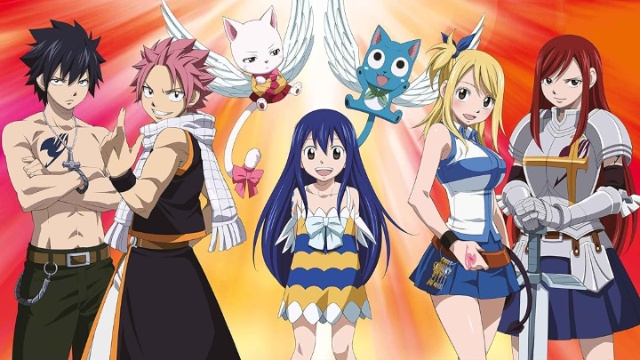
What Started Strong: Natsu Dragneel, a fire-breathing Dragon Slayer, joins the chaotic Fairy Tail guild with Lucy (celestial mage), Gray (ice wizard), and Erza (armor-switching knight). A-1 Pictures’ early arcs—Phantom Lord, Tower of Heaven—balanced humor, heart, and high-stakes magic.
Where It Crashed: Alvarez Empire arc: Zeref and Acnologia’s threats dissolved into power-creep nonsense. 300+ episodes bloated with filler (Daphne, Key of the Starry Sky) killed momentum. Animation recycled assets until colors faded.
Why It Failed: Milking a weekly formula for a decade; no end in sight until cancellation panic.
Fan Reaction: “It peaked at Tenrou Island” is sacred law. Diehards defend, but most bailed mid-Zeref.
17. High School DxD (2012)
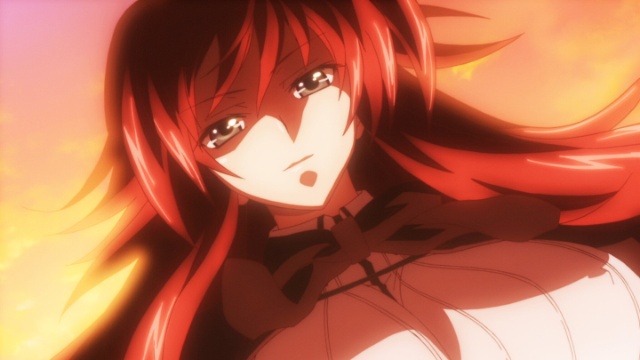
What Started Strong: Issei Hyoudou, a perverted high schooler, is killed by a fallen angel and revived as a devil by Rias Gremory. TNK balanced ecchi fanservice with surprisingly solid lore—Rating Games, Sacred Gears, and dragon mythology. Season 1 fights (Riser Phenex duel) were slick and strategic.
Where It Crashed: Season 4 (Hero) rushed light novel volumes, sidelining character growth for harem bloat. Animation dipped in filler OVAs; the Loki arc felt like fanfiction.
Why It Failed: Studio pressure to churn content before novels ended.
Fan Reaction: “Season 1–3 only” is canon. Fans treat BorN as non-canon heresy.
16. God Eater (2015)
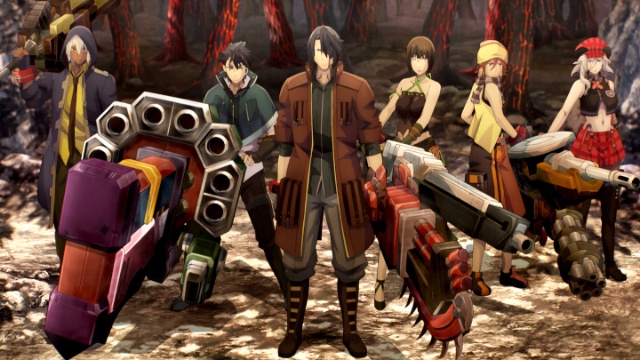
What Started Strong: In a post-apocalyptic world devoured by Aragami, Lenka Utsugi wields a God Arc weapon alongside the Fenrir organization. ufotable’s first 9 episodes were Attack on Titan on steroids—brutal combat, emotional backstories (Soma’s trauma, Alisa’s guilt), and cinematic monster designs.
Where It Crashed: Episodes 10–13: production delays turned fights into literal slideshows—still images with voiceover. The Nova arc was a summary, not a climax.
Why It Failed: Overambition + crunch collapse; ufotable prioritized Fate projects.
Fan Reaction: “The anime that forgot to animate” became a meme. Fans play the games instead.
15. Sword Art Online (2012)
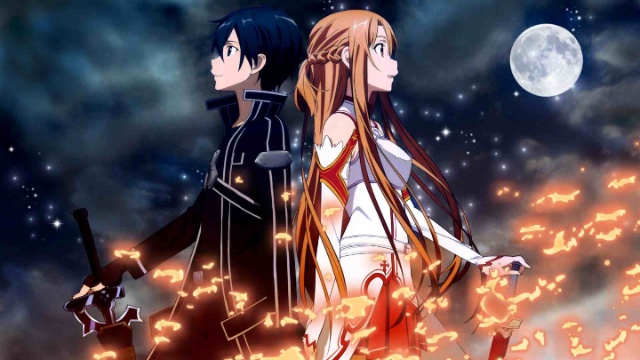
What Started Strong: 10,000 players trapped in Aincrad, where death in-game means death IRL. Kirito and Asuna’s romance amid floor-by-floor survival was tense and emotional. A-1 Pictures’ animation made sword skills pop.
Where It Crashed: Alfheim arc onward—harem bloat, Kirito’s OP-ness, and arcs like Gun Gale (snore) and Alicization (dragged). Pacing died under light novel rush.
Why It Failed: Studio chased trends, diluting psychological horror for fan service.
Fan Reaction: “SAO syndrome” = overhyped sequel disease. Reboot petitions hit 50k signatures.
14. One Punch Man (2015)
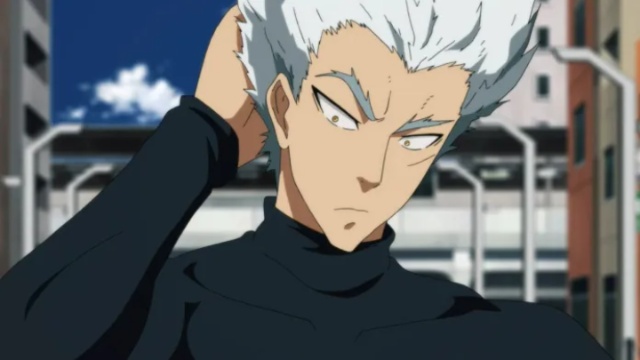
What Started Strong: Saitama, a hero who ends fights in one punch, teams with Genos in a world of escalating threats. Madhouse’s Season 1 was animation perfection—Boros fight alone is a masterpiece of fluidity and satire.
Where It Crashed: J.C. Staff’s Season 2: choppy animation, muted colors, Garou arc dragged without punchlines. Saitama became a side character.
Why It Failed: Studio swap + impossible hype to match Madhouse.
Fan Reaction: #JusticeForMadhouse trends yearly. Fans rewatch S1 and ignore S2.
13. Akame ga Kill! (2014)
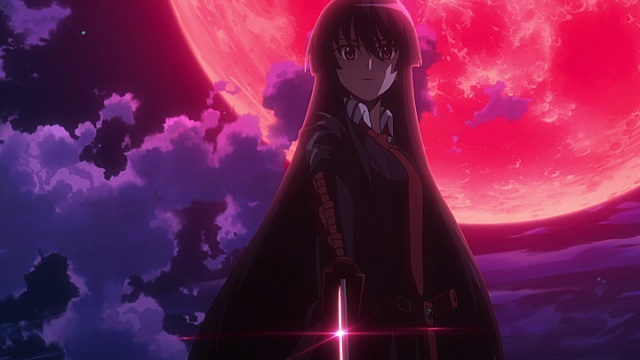
What Started Strong: Tatsumi joins Night Raid, assassins wielding Imperial Arms (Teigu) against a corrupt empire. White Fox’s early kills—Sheele’s scissors, Bulat’s Incursio—were brutal and emotional. Moral grayness ruled.
Where It Crashed: Anime-original ending: Esdeath’s defeat was rushed, half the cast died in contrived ways, and Najenda’s rebellion won without cost.
Why It Failed: Manga unfinished; studio forced closure instead of hiatus.
Fan Reaction: “Everyone dies, but dumber” memes. Remake demands never stop.
12. Bleach (2004)

What Started Strong: Ichigo Kurosaki gains Soul Reaper powers to fight Hollows. Soul Society arc—Rukia’s rescue, Byakuya’s petals, Kenpachi’s madness—was shonen royalty. Pierrot’s animation peaked in bankai reveals.
Where It Crashed: Post-Aizen: Hueco Mundo filler, Fullbring arc slog, and TYBW rushed with plotholes (Yhwach’s Almighty). Animation reused assets until lifeless.
Why It Failed: Weekly grind + manga cancellation panic.
Fan Reaction: 2022 TYBW revival = tears of joy. Original run still haunts.
11. Soul Eater (2008)
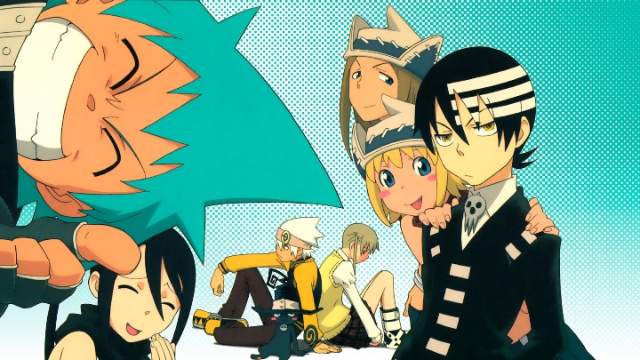
What Started Strong: Maka Alban and Soul Eater attend Death Weapon Meister Academy to collect 99 evil souls + 1 witch. Bones’ gothic art, asymmetrical designs, and arcs like Blair’s introduction were Tim Burton with heart.
Where It Crashed: Finale (episodes 50–51): anime-original boss fight ditched manga’s madness buildup. Asura’s defeat felt cheap.
Why It Failed: Overtaking the source; no hiatus option.
Fan Reaction: “Read the manga” = survival mantra. Fanfics fix the ending.
10. Berserk (2016)
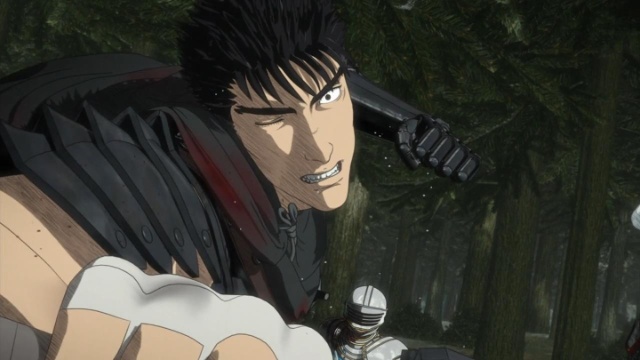
What Started Strong: The 2012–2013 Golden Age film trilogy (Studio 4°C) was breathtaking—Guts’ tragic bond with Griffith, the Eclipse’s horror, rendered in lush 2D.
Where It Crashed: 2016 TV series (GEMBA): 3D CGI models with zero weight, stiff faces, and battles that looked like PS2 cutscenes. The Conviction arc was butchered.
Why It Failed: Budget forced 3D gamble; no talent for it.
Fan Reaction: “Not my Berserk” riots. Still the worst adaptation ever.
9. Attack on Titan (2013)
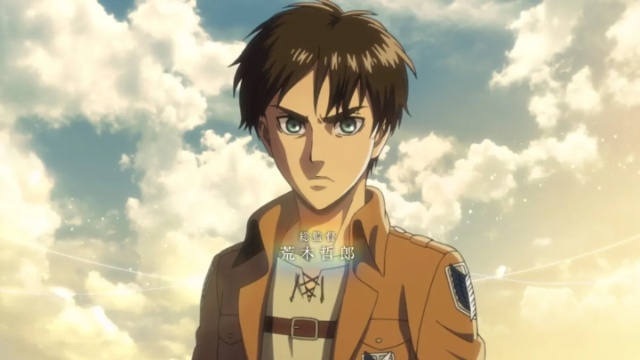
What Started Strong: Eren Yeager vows revenge after Titans devour his mother. Wit Studio’s animation—OMDM gear swings, Colossal reveals—was visceral. Basement mystery built dread.
Where It Crashed: Final season (MAPPA): Rumbling arc rushed 50+ chapters. Eren’s genocide flip-flop, Armin’s talk-no-jutsu, and ambiguous ending split souls.
Why It Failed: Manga’s scope vs. adaptation deadlines.
Fan Reaction: “Eren did nothing wrong” vs. “betrayal” civil war on X.
8. The Promised Neverland (2019)
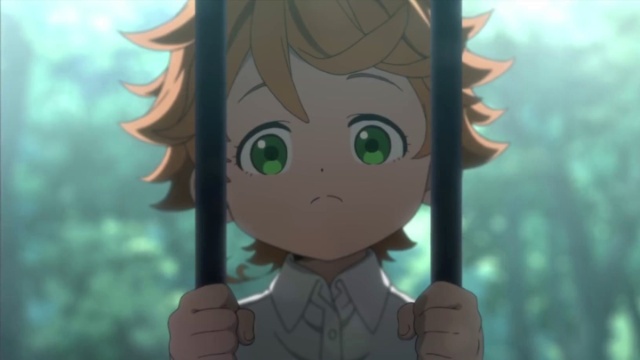
What Started Strong: Orphans Emma, Norman, and Ray plot escape from Grace Field House, a farm for demons. CloverWorks’ Season 1 was psychological chess—shadowy lighting, Mama’s terror, Goldy Pond hints.
Where It Crashed: Season 2: skipped entire arcs (Goldy Pond, Norman’s return), turned demons into cartoons, and ended with a slideshow.
Why It Failed: Greed to finish in 11 episodes.
Fan Reaction: 150k+ signature petition for redo. #NeverlandS2Sucks broke containment.
7. Darling in the Franxx (2018)
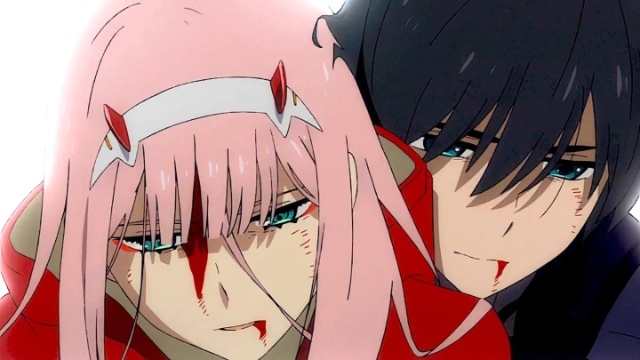
What Started Strong: Teens pilot Franxx mecha in male-female pairs—Hiro and Zero Two’s bond explored love, humanity, and rebellion against APE. Trigger/A-1’s animation was Evangelion with heart.
Where It Crashed: Episode 20 onward: space aliens, VIRM twist, and a reincarnation ending that mocked every theme.
Why It Failed: Studio meddling + writer burnout mid-production.
Fan Reaction: “It was about the feet” jokes hide real pain. Zero Two cosplay endures.
6. Aldnoah.Zero (2014)
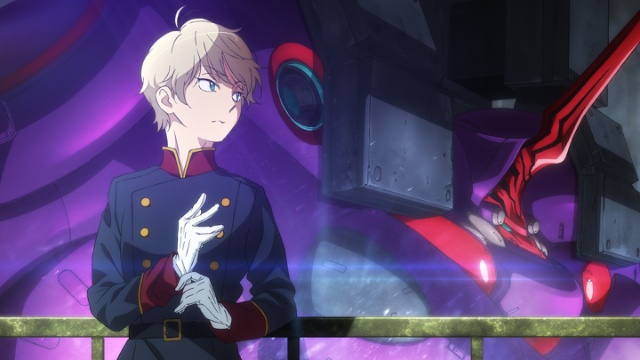
What Started Strong: Mars declares war on Earth with advanced Kataphrakt mecha. Inaho’s tactical genius vs. Slaine’s tragedy was Urobutcher-level twists. A-1’s animation made zero-gravity battles pop.
Where It Crashed: Season 2: villains became idiots, Inaho got plot armor, and the ending was a shrug.
Why It Failed: Gen Urobuchi left after Season 1; new writer tanked logic.
Fan Reaction: “Season 1 was a prank” memes. Fans pretend S2 doesn’t exist.
5. Naruto Shippuden (2007)
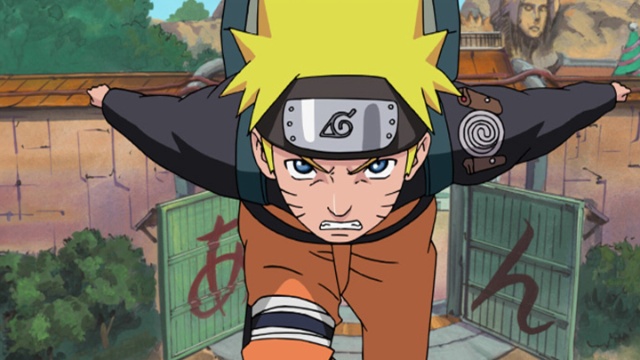
What Started Strong: Naruto returns stronger, chasing Sasuke through Pain’s invasion and Five Kage Summit. Pierrot’s animation peaked in Sasuke vs. Itachi and Pain’s Almighty Push.
Where It Crashed: Fourth Great Ninja War: Kaguya ex machina, Obito’s flip-flops, 200 episodes of filler. Talk-no-jutsu killed stakes.
Why It Failed: Manga catch-up + editorial overreach.
Fan Reaction: Childhood fans still cry “Kishimoto why” at cons.
4. Death Note (2006)
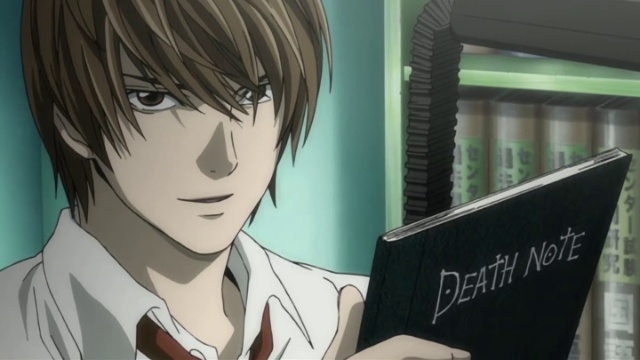
What Started Strong: Light Yagami finds a Death Note, becomes Kira, and duels genius detective L. Madhouse’s shadowy animation and moral decay were flawless. Yotsuba arc was peak tension.
Where It Crashed: Post-L (episode 26+): Near and Mello felt like diet L. Light’s downfall was contrived and dull.
Why It Failed: Story peaked too early; no recovery plan.
Fan Reaction: “Stop at episode 25” = sacred rule. AMVs mourn the golden age.
3. Tokyo Ghoul (2014)
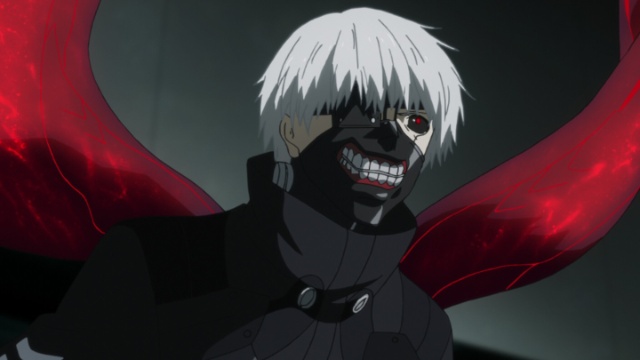
What Started Strong: College student Ken Kaneki becomes a half-ghoul after a date gone wrong. Pierrot’s Season 1 nailed identity horror—Kaneki’s mask, Touka’s rage, Jason’s torture. “Unravel” OP is iconic.
Where It Crashed: √A deviated from manga, :re was a slideshow of rushed arcs (Cochlea, Dragon). Kaneki regressed into a plot device.
Why It Failed: Director changes + budget death spiral.
Fan Reaction: Reboot demands never die. “Unravel” plays at cons like a funeral.
2. Wonder Egg Priority (2021)
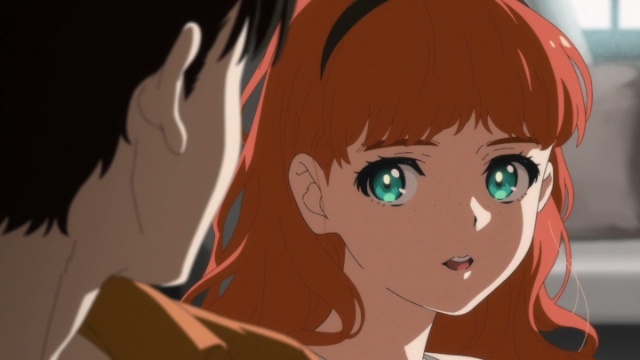
What Started Strong: Ai Ohto enters a dream world to save suicide victims by cracking “wonder eggs.” CloverWorks’ animation was 2021’s artistic peak—surreal visuals, gut-punch themes of trauma, bullying, and abuse. Frill’s reveal was chilling.
Where It Crashed: Finale special: rushed in 40 minutes, ambiguous answers, and Acca/Ura-Acca’s motives collapsed into nonsense.
Why It Failed: Staff burnout, COVID delays, production collapse mid-run.
Fan Reaction: “Most painful drop of the decade.” Twitter threads still dissect the tragedy.
1. Neon Genesis Evangelion (1995)

What Started Strong: Teen Shinji Ikari pilots Eva-01 against Angels invading Tokyo-3. Gainax’s mecha battles, psychological depth (Rei’s clones, Asuka’s pride), and religious symbolism rewrote anime. Instrumentality buildup was masterful.
Where It Crashed: Episodes 25–26: budget collapse forced abstract introspection—still images, text overlays, no closure. Congratulation screen broke viewers.
Why It Failed: Gainax went bankrupt mid-production; Anno’s depression bled in.
Fan Reaction: Death threats to Anno. End of Evangelion (1997) was both salvation and trauma. Still the original betrayal.
Final Thoughts:
These 20 series didn’t just fail—they broke trust. Their early episodes live rent-free in our hearts, while the endings haunt our nightmares. Yet every crash fuels fan art, reboots, and manifestos. Anime’s greatest strength is its passion—and its greatest risk is disappointing it.
ALSO READ: 20 Most Anticipated Anime Series and Films of 2026: A Year of Epic Returns and Fresh Fantasies
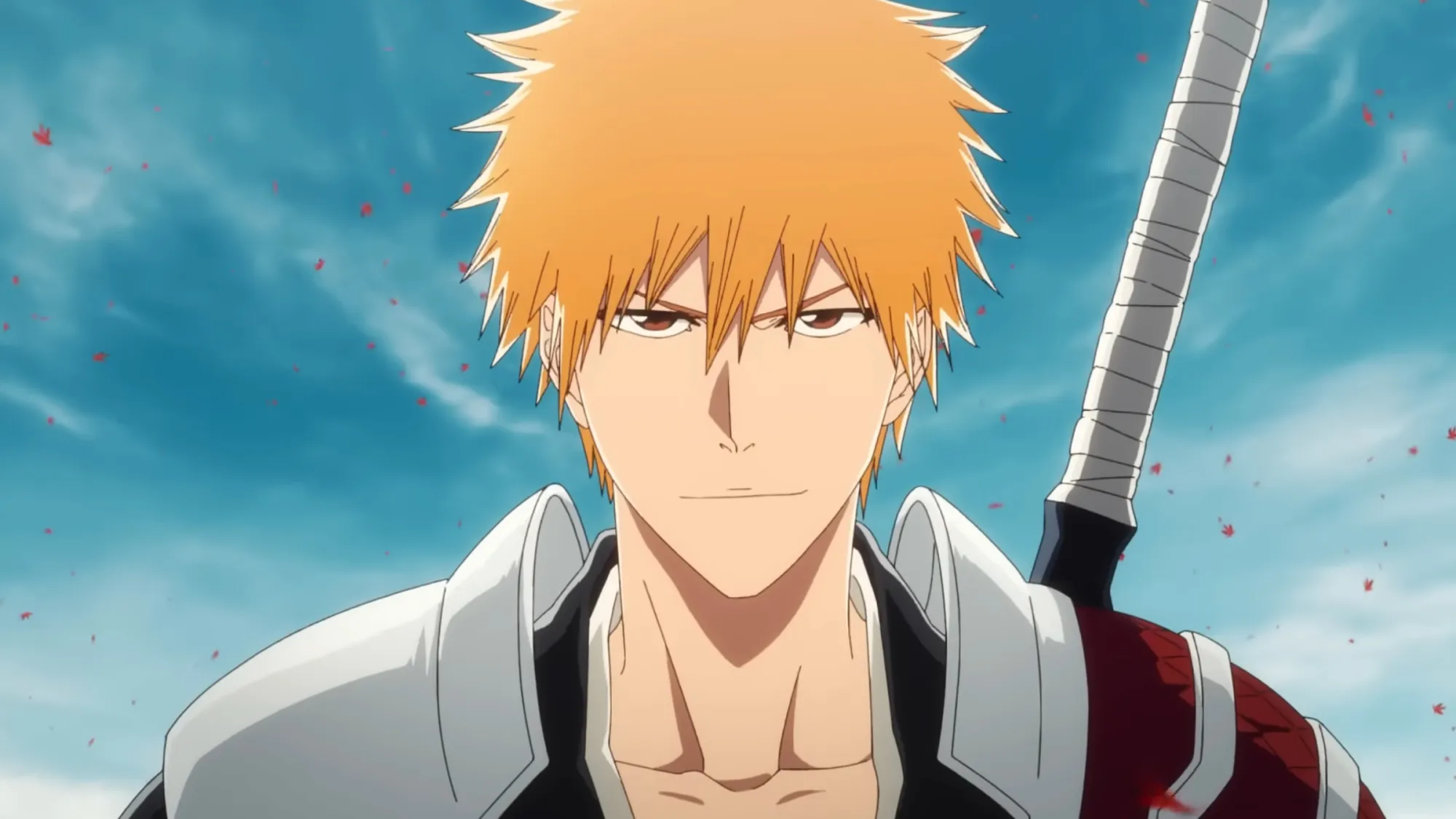
Hello, I am Loubert and I am huge Bleach fan.
Well, I love anime in general and I enjoy researching and writing about the stuff I love.
